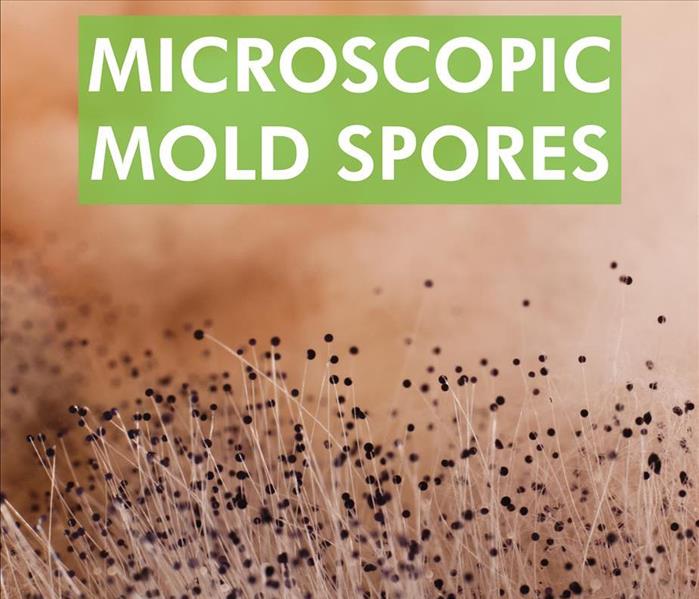Where Should I Look for Mold?
3/5/2019 (Permalink)
Mold. It’s one of the words that no homeowner wants to hear. Yet the ingredients for its growth – warmth, moisture, and darkness – are present in every home. Would you know the places to check for mold damage in your Asheville, NC, home? If the answer is no, read on for some important tips that can help you beat the mold threat.
What Mold Is
In general, mold is a fungus that grows from microscopic spores. These spores are always floating in the air and when a cluster of them finds the right surface, they can start to reproduce. The result is a visible stain that can be:
- Smelly
- Multi-colored
- Hard to get off
Most importantly, mold and mildew growth can be extremely damaging to things like drywall, wood, furniture and even paper. Mold growth can occur just about anywhere under the right circumstances, but there are some places where it is more likely than others.
Bathrooms
Love long showers? So does mold. The warmth and wetness of a bathroom makes it a top place for fungus growth. Showers are the main places to look for mold damage and mildew growth, as well as areas beneath sinks.
Windows and Window Sills
Windows may seem like unlikely mold incubators. But windows often collect condensation due to humidity. Moisture can find its way to the indoor window sill, and before long, dark, fuzzy mold can begin to grow.
Air Conditioning and Heating Vents
While they keep your home comfy, air conditioning and heating units are also comfy for mold. Lightweight mold spores can land in vents, where they thrive on condensation to multiply. Once in your HVAC system, mold spores are blown through your entire home.
Knowing where to look for fungus in homes is an invaluable way to prevent mold damage. Start by checking some of the most common mold hiding places or calling a mold remediation company to arrange an inspection and stop mold in its tracks.






 24/7 Emergency Service
24/7 Emergency Service
